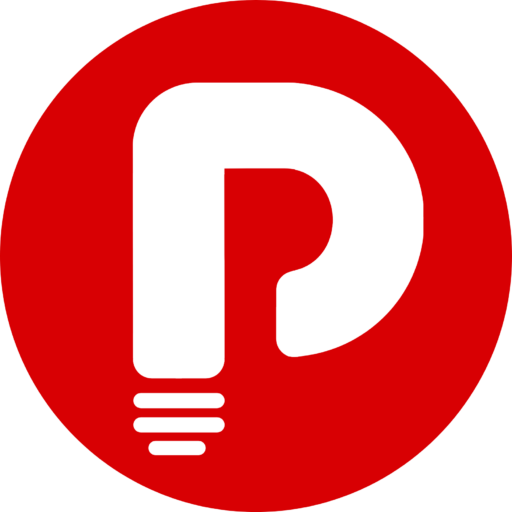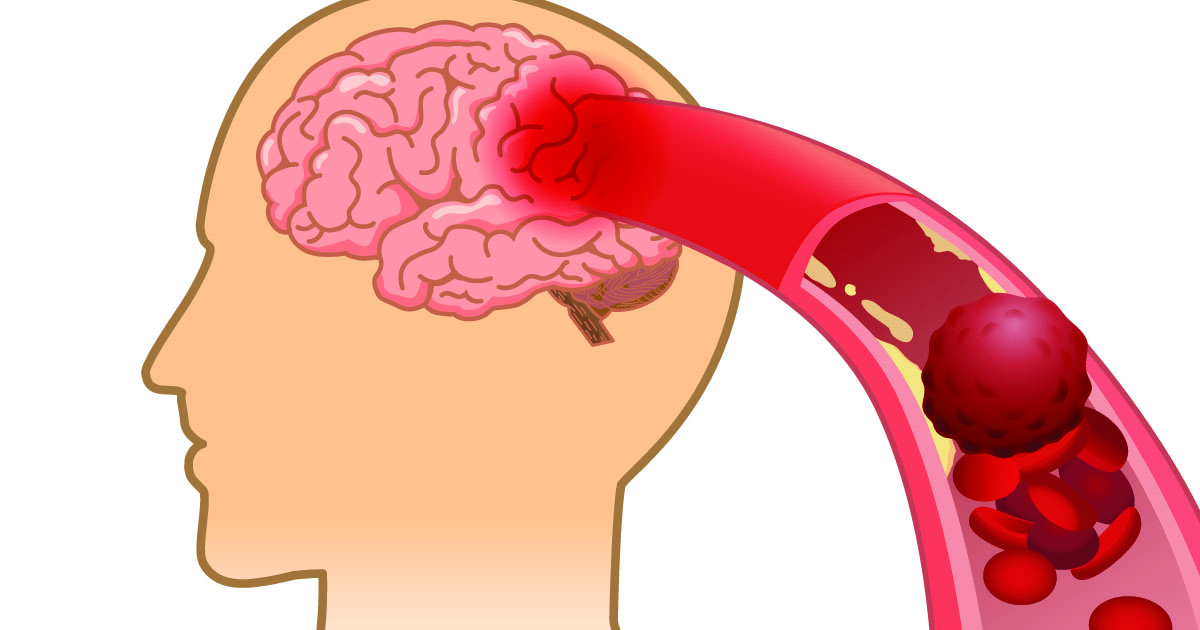Listen to Your Body: 8 Hidden Signs of a Blood Clot You Should Never Ignore
It is estimated that between 60,000 and 100,000 people die from blood clots in the United States each year.
But no matter how common the problem is, and despite the many medications available, there are still many people who die from blood clots. They either seek help too late or not at all.
Of course, there are things we can do to take care of ourselves. Together, we can raise awareness, and paying attention to the life-threatening warning signs your body sends can hopefully encourage more people to seek treatment as early as possible.
A blood clot occurs when blood thickens in the blood vessel, causing a blockage. This makes it harder for normal blood flow to continue through the blockage, and large blood clots can lead to heart attacks or heart failure.
Often it is not possible to explain why an individual gets a blood clot. It can also be difficult to detect why the symptoms may be mild.
That’s why it’s extra important to know the warning signs your body sends, so you can seek treatment as soon as possible. Below, we have listed 8 signals that everyone should know.

1. Swollen calves
Blood clots often build up in the legs. This is also called ‘deep vein thrombosis’, or DVT, and occurs when oxygen cannot reach vital organs. This in turn causes poor blood circulation and further swelling, a common symptom of blood clots.
In addition to swelling and a warm feeling, redness or discoloration may also occur when a blood clot forms.
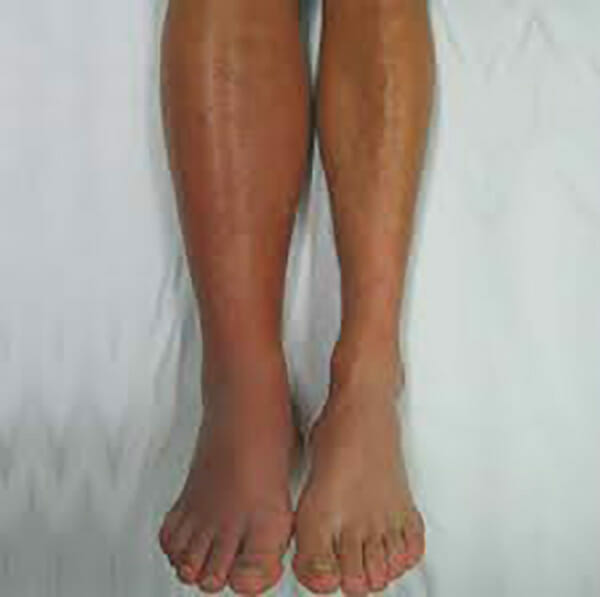
2. Pain or tenderness in the legs
Another common signal of DVT is pain in your legs, calves, or feet. Your calves may also feel painful or tight when pressed.
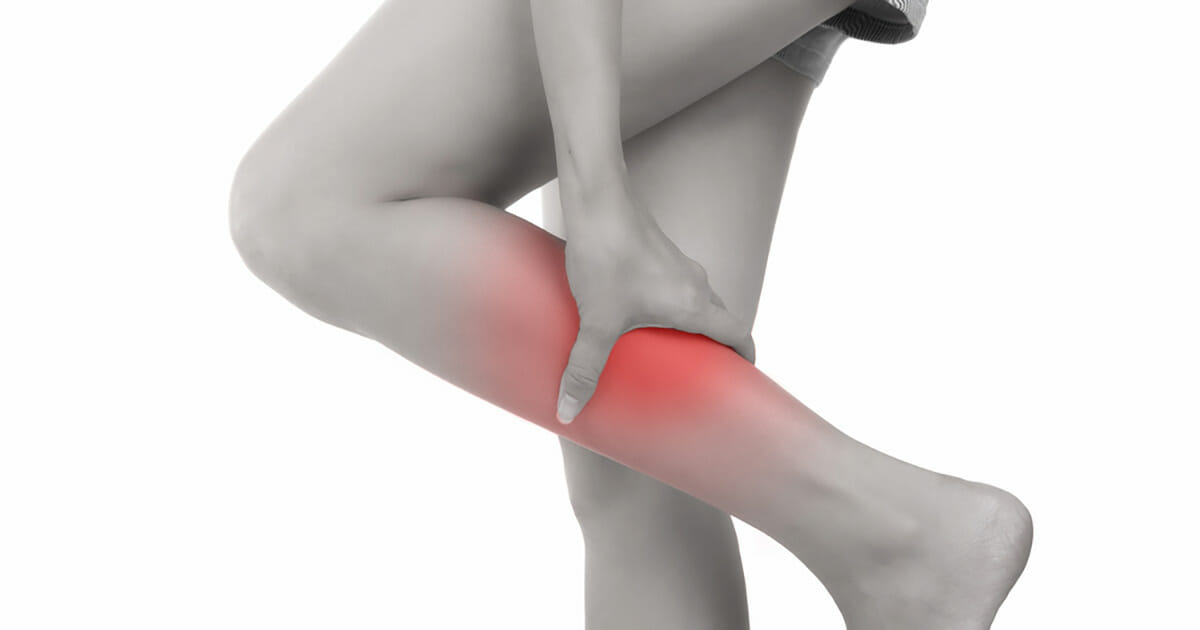
3. Red streaks along your veins
If you have visible veins, and you can see red streaks next to them, this may be a sign of a blood clot.
They can also feel painful or hot, two other signs to watch for.
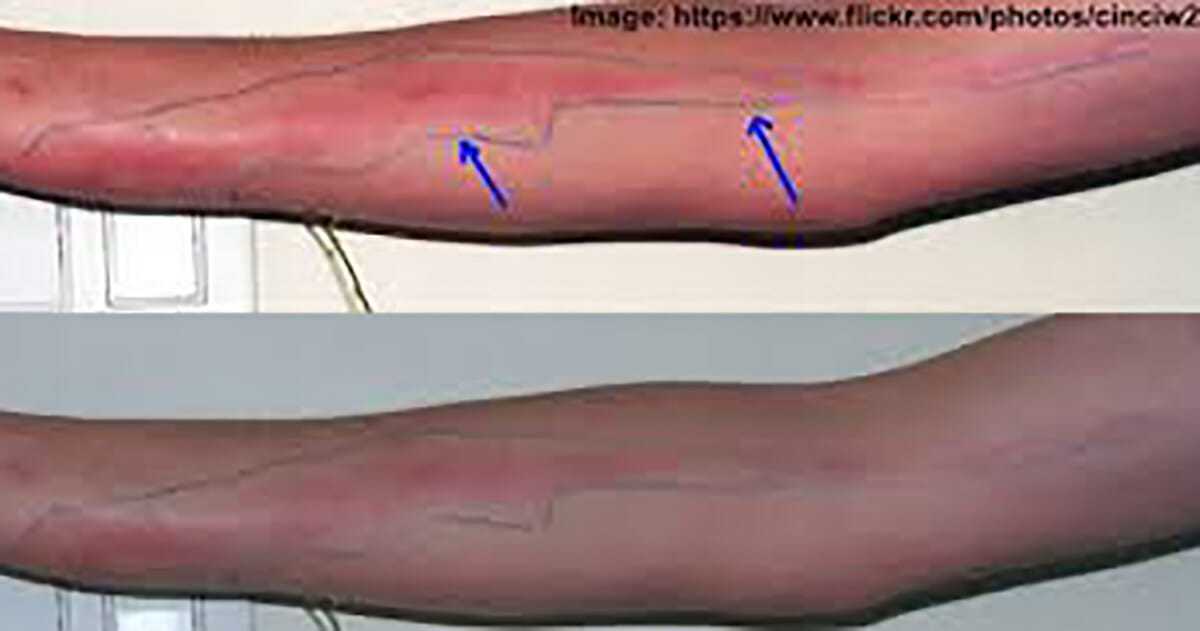
4. Chest pain
If you get a blood clot in your lungs, it needs to be treated by a doctor as soon as possible.
An important signal to check is a pain that feels like you have a hole on one side of your chest. You may feel a pain in your chest or back. You may also feel pressure in the middle of your chest, which is difficult to identify alongside other types of chest pain.
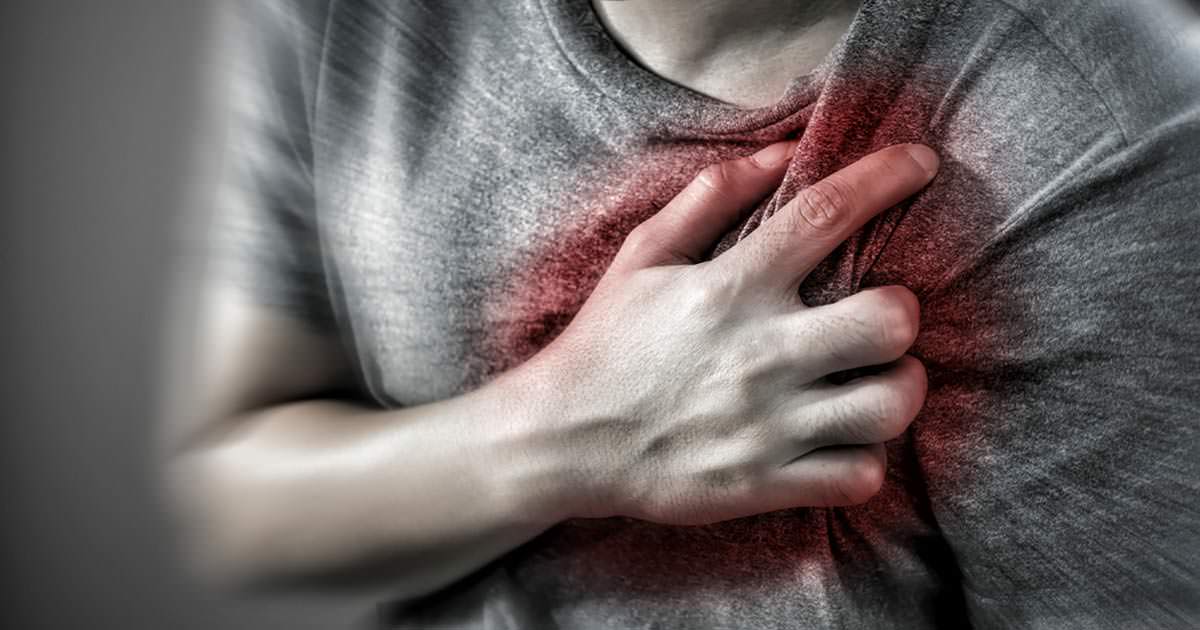
5. Difficulty breathing
Labored breathing is a symptom that should never be ignored. If you notice you are having trouble breathing, if your heart rate speeds up, or if you have cold sweats and feel dizzy, this could mean you have a blood clot in your lungs.
If you experience all the above symptoms, it is a signal that should not be ignored. It is best to seek help from a doctor as soon as possible.

6. Dry cough
If you are not sick and you cough for no reason, it is better to check the symptoms of blood clots in your lungs, such as palpitations, chest pain, and difficulty breathing.
In rare cases, you may also cough up phlegm with blood.

7. Vomiting and diarrhea
If you have a blood clot in your intestines, this can cause a sharp pain in your stomach and lower abdomen.
You feel unwell, nauseous, and have diarrhea with blood traces.

